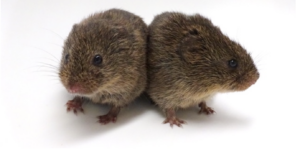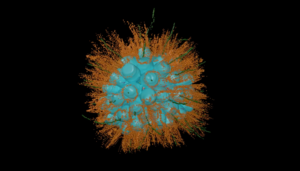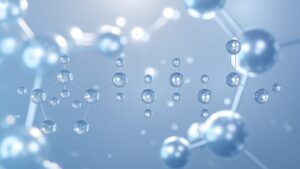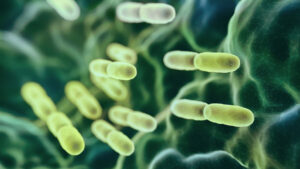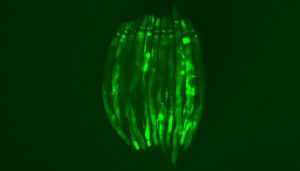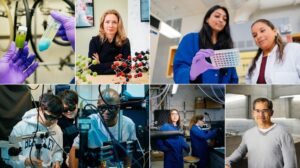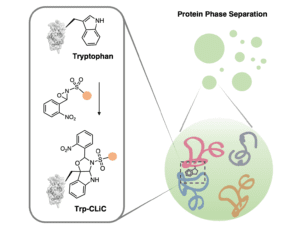
Adam Arkin receives ARPA-H award
October 10, 2024
UC Berkeley researchers in two multi-institutional teams have won major awards from the Advanced Research Projects Agency for Health (ARPA-H) to fund pioneering biomedical research. Projects in microbiome engineering and in implantable biologic drug delivery will receive up to $22.7 million and $34.9 million, respectively, from ARPA-H, a federal funding agency that supports transformative biomedical…
